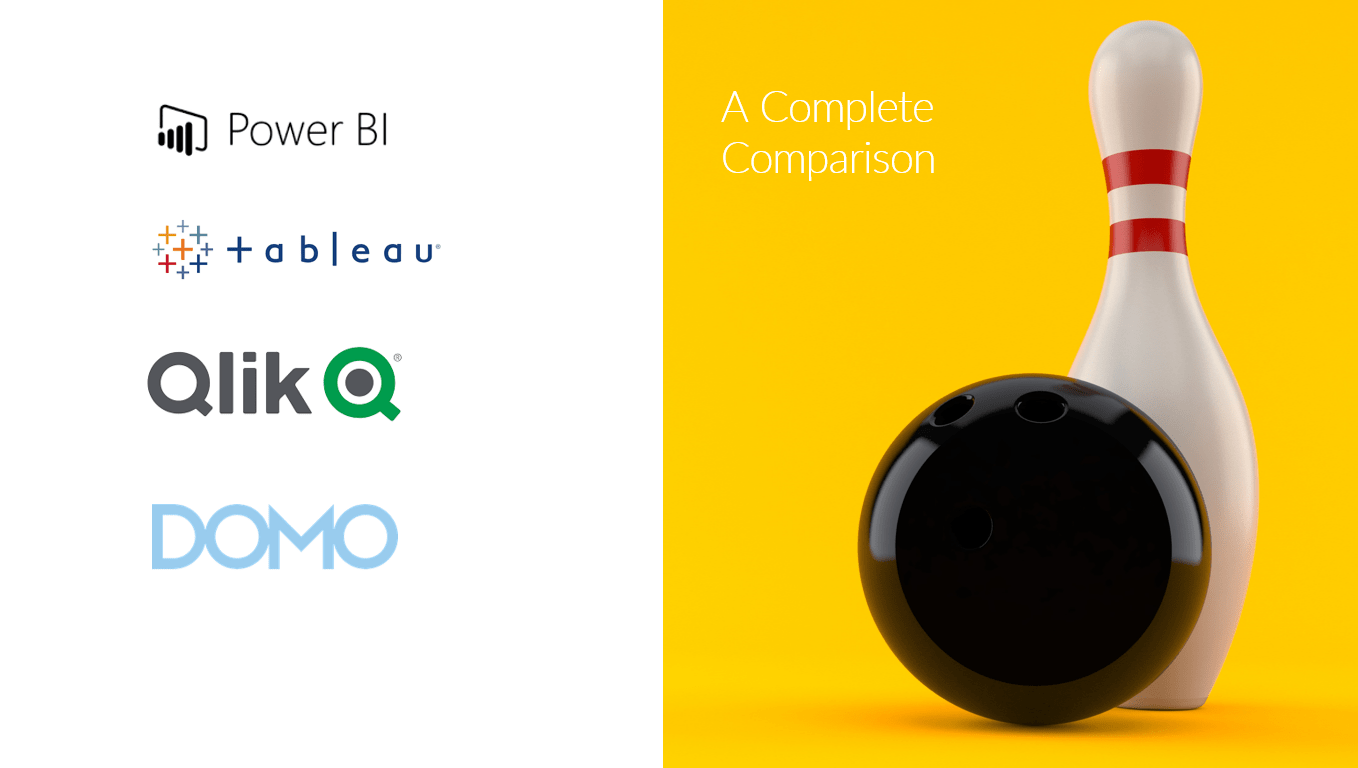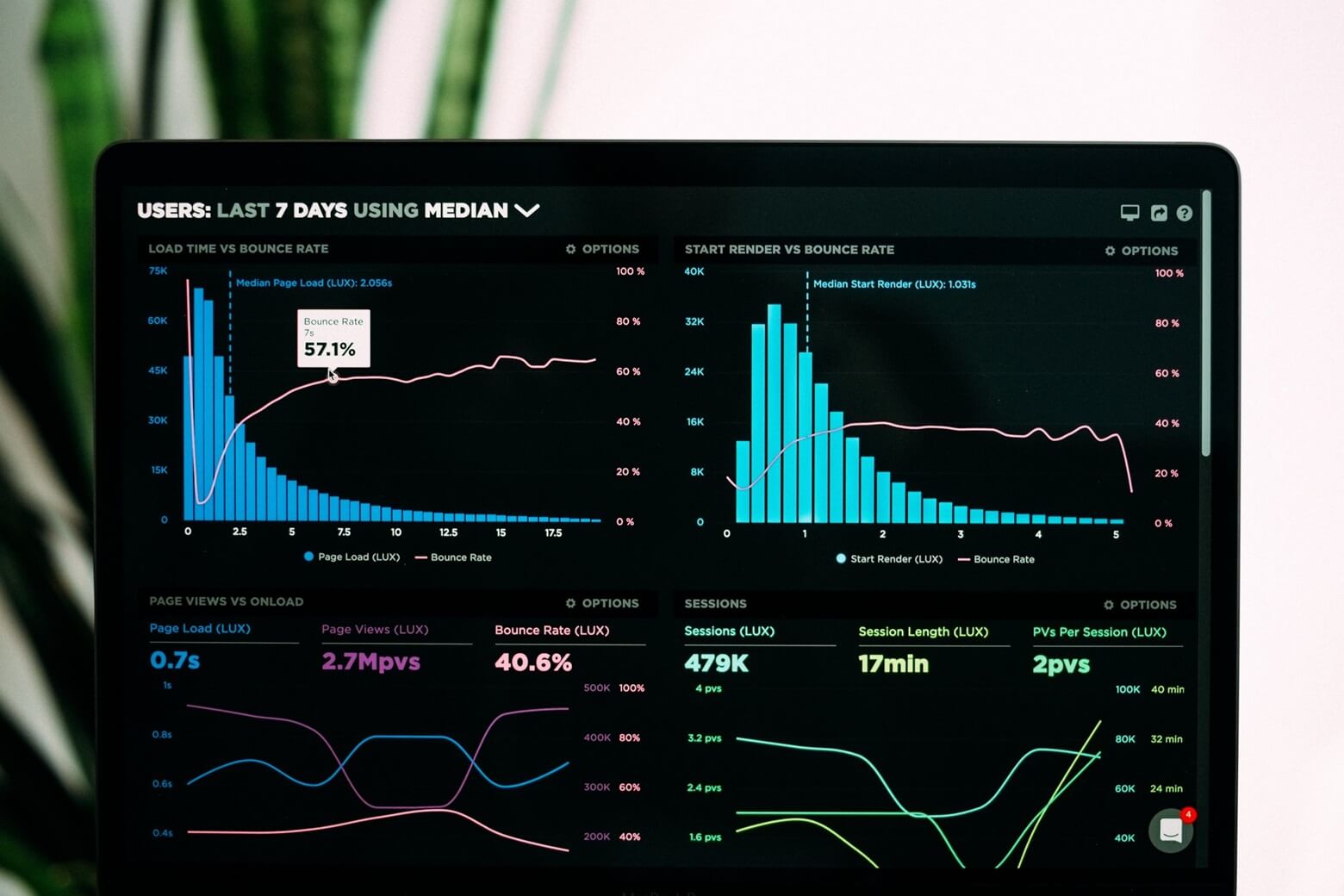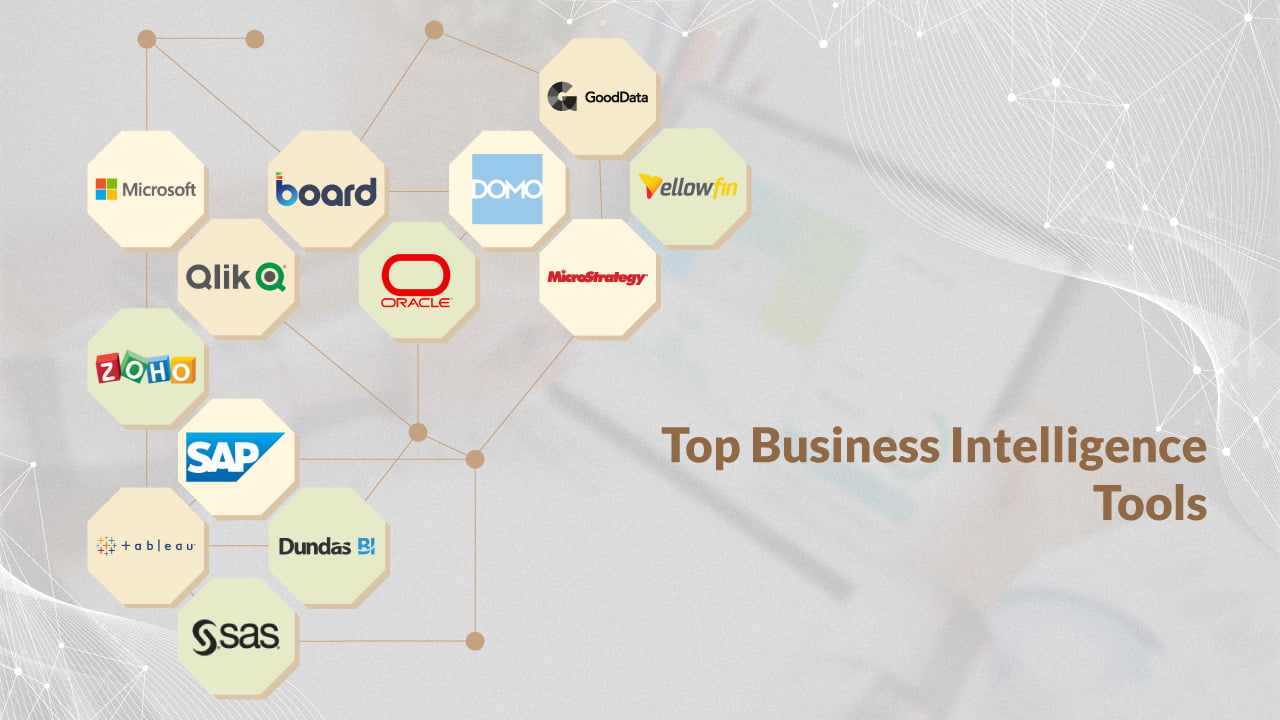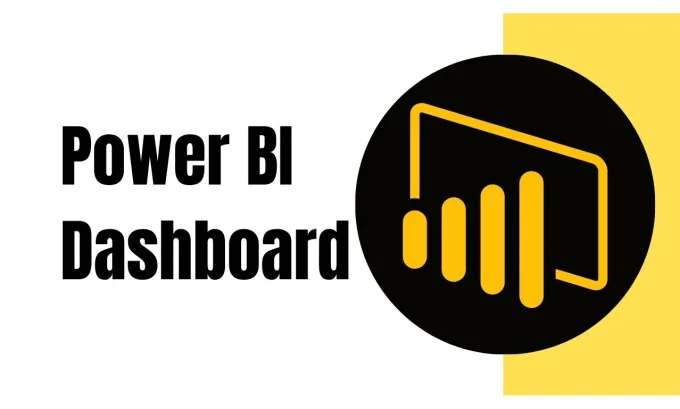Reading Time : 1 Mins
6 Best Practices To Use DOMO The Right Way
I write about fintech, data, and everything around it
This blog covers the best practices one needs to keep in mind while designing a BI dashboard using DOMO. Do give a read if you are planning to build a BI dashboard for your business unit.
Domo is a modern BI platform that has taken the world of data analytics by storm. It converts your data into insights and offers the right kind of context to make quick and data-driven decisions. At its core, it is a cloud-based dashboarding tool, and it provides data and visibility on all of your data sources.
With the help of Domo’s visualization tool, you can see data from any aspect of your business. Domo connects directly to the data source and gives you crucial metrics with real-time information.
If you want to get the best out of Domo, here are some of the best practices:
DOMO Best Practice #1: Know your audience
Before you are about to create a dashboard, you should be aware of who is going to use it and how it will improve their performance. The users should know where to look for business answers based on the data. Thankfully, Domo is structured in such a way that there are pages, sub-pages, and collections. By using these effectively, the user will be able to easily navigate through the tool and find the answers they were looking for.
DOMO Best Practice #2: Page-level architecture
Here are a few recommendations for a highly-optimized page-level architecture.
- Pages should go from the most macro-level view to the most micro-level view if it is moving from left to right or top to bottom. Each collection should provide a granular perspective on the metrics or data categories.
- The cards should include alerts. Businesses should set rules and conditions in their dashboard so that they will alert directly whenever there is an issue.
- The cards should be easy to understand.
- Each domo user should be able to arrange the cards and collections on a page with a customized view so that they can view what is important to them.
DOMO Best Practice #3: Datasets
You should find out which are the metrics that provide the most value. Multiple DataSets will be required if you want to get the optimum results. The metrics that you plan should not just be limited by the data you currently have access to. Identify the most ideal metrics to monitor that will direct you to where you want to go in the future, even if the data for those metrics are not available immediately.
DOMO Best Practice #4: Personalized Data Permissions (PDP)
Based on the size of your organization, you should determine the PDP policies. The PDP policy will include information about who the data will be shared with. If there are sensitive datasets present, then you need to set up specific PDP policies for that.
It is advisable to have a PDP policy on every DataSet to increase and enable a manage-by-exception strategy. By doing so, you will gain the following.
- You will be able to control access to the card of the page. The recipient of the shared page will not be able to access it unless they have been added to the PDP policy.
- With the help of PDP, you can customize what each individual or team can view and send them data that is specific to their designation.
- You can upload sensitive documents and use the PDP policy to restrict it only to a limited number of people. You are adding an extra layer of security by doing so.
DOMO Best Practice #5: Audit card collection
Add audit cards to your dashboard, the collection will help users manage by exception. An audit card collection is essentially a set of cards that are tied to actionable metrics where the ideal status is zero.
Let’s say that there is a person who takes care of customer inquiries, the goal is to resolve all the issues. An audit card will tell whether the person has reached 0 outstanding requests and gives out an alert when it goes above 0.
The card should be designed in such a way that the summary number for that audit card reads 0 when there is no action required. If the summary number has a number other than 0, then the card owner should take steps to bring back the metric to 0. Apart from setting up an audit card collection, you can add someone to the team who will help enforce these actions.
DOMO Best Practice #6: Access Rights
When you are onboarding people to Domo, make sure that permissions are properly established for access, abilities, and what they can do with the information.
Participant users can only view the data. Here’s a comprehensive take on what they can do- view cards and pages, edit page-level filters, view cards in a slideshow, minimize the collection of cards, and download pages of cards to Microsoft PowerPoint.
Editor users have Participant user’s abilities, and the following: edit data and content that they have access to, share cards and create content. They cannot change permission status though.
Privileged users can edit, access, and delete cards. They can also access data, delete user accounts, and assign security roles.
Admin users have access rights to content and user permissions.
Conclusion:
Domo is an all-inclusive platform and not just another self-service BI tool. It provides you with an analytics system that gives businesses a competitive advantage. Domo integrates finance, operation, IT, sales, marketing, and every other department which uses data to provide you with answers or solves problems by simplifying your data management. If you want to get the best out of Domo, we have outlined some of the best practices that you need to follow in this article.
If you are looking to take your business to the next level with the help of Business Intelligence (BI), you can check out Zuci’s Business Intelligence services. Our focus is not only on giving you immediate ROI but also to build you a system that offers long-term success. Schedule a 15-minute call with our Business Intelligence (BI) architects today.
Related Posts












